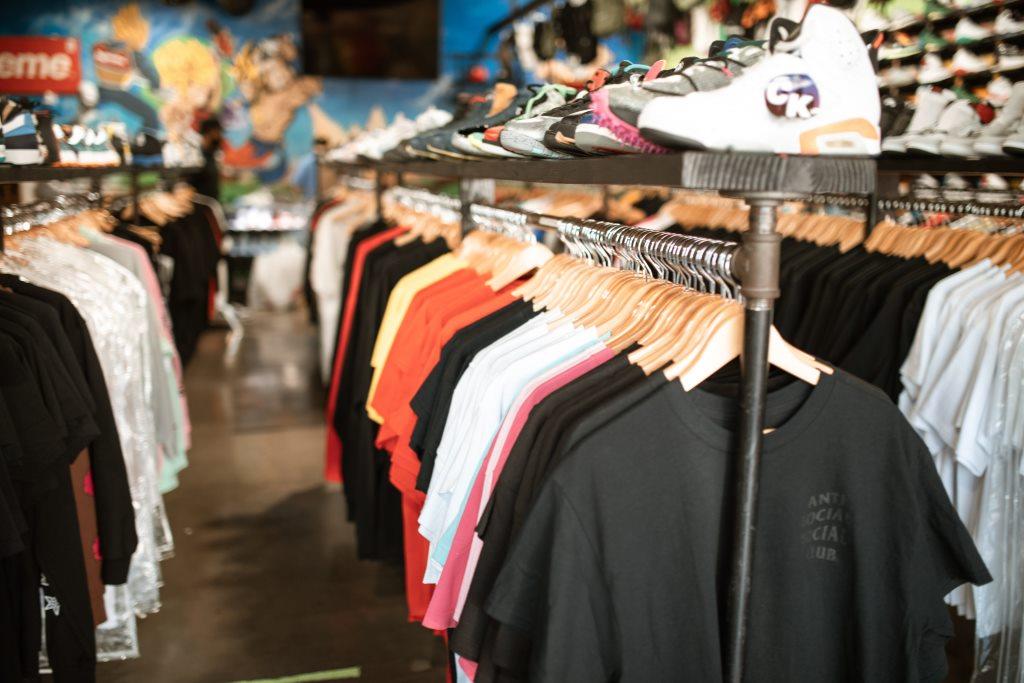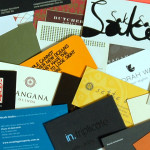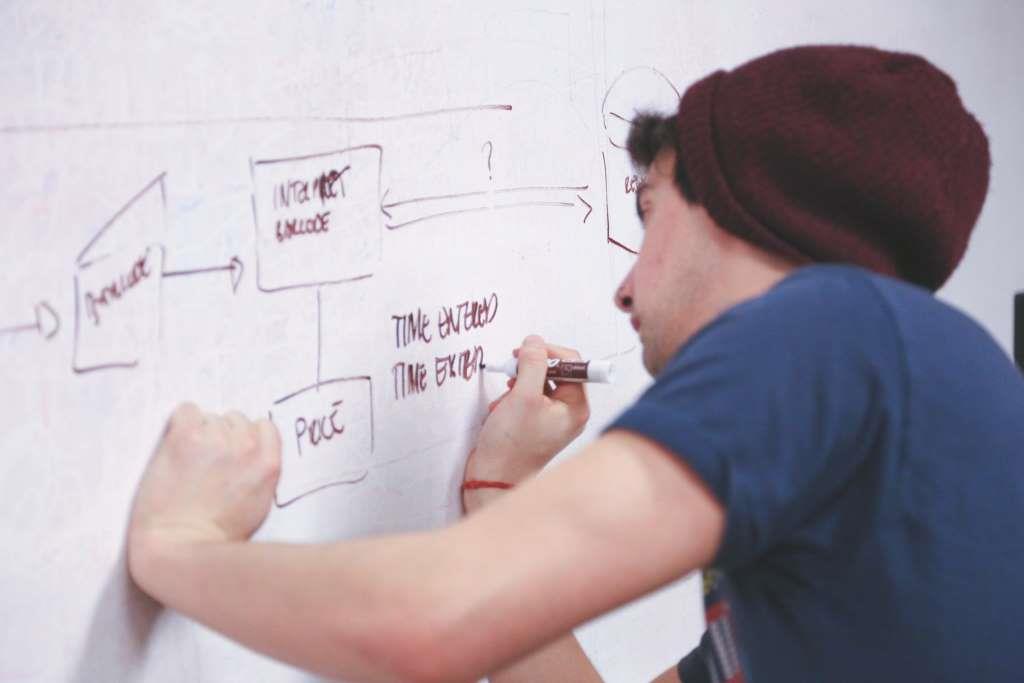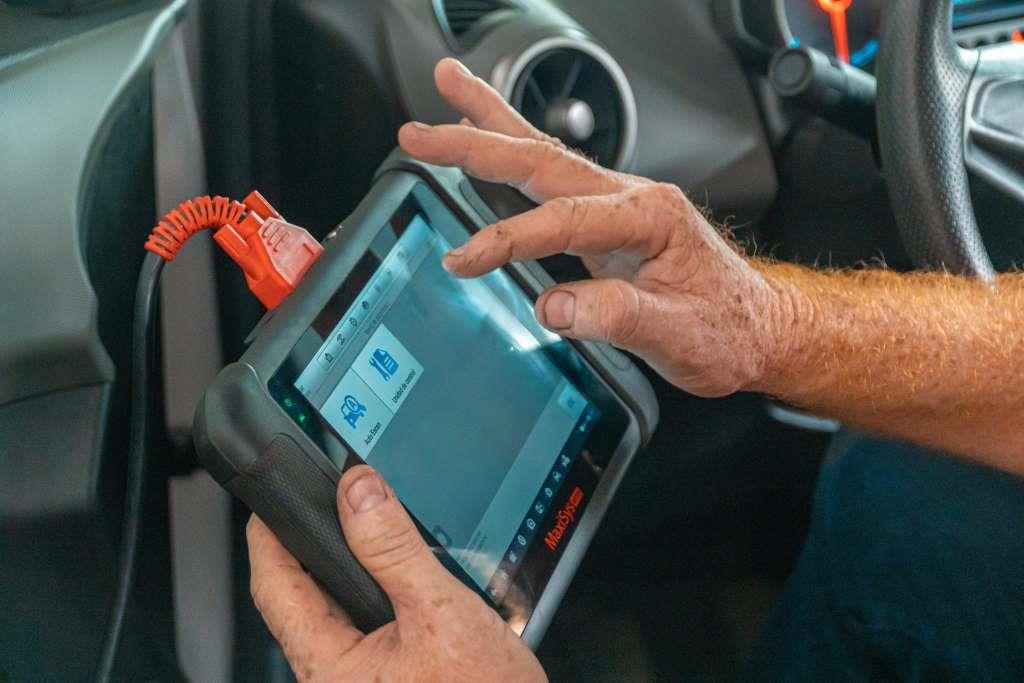
While the plain white tee is an acknowledged fashion classic, many people love printed t-shirts. Also, many organisations use them as part of their uniforms and/or as merchandise. That means there is always demand for high-quality t-shirt printing.
We at YES Group, have over two decades of experience in the area of custom equipment used by the garment industry. We deal with specialized equipment for embroidery, fabric printing, UV printing, presses, dryers etc. Here’s my top advice to those who are looking to get into a t-shirt or any garment printing business.
Start by choosing a niche
In business, your niche is your starting point. It’s where you put down your initial roots. Once those have been firmly established, then you can expand, if you wish. Your choice of niche will define your target customer. It may also define what sort of equipment and supplies you need. You should therefore choose it carefully.
Generally, the best starting point is to think about your strengths (and weaknesses) and what those imply. Use that as a starting point to research what and who else is active in that area. Ask yourself honestly if you can bring anything new and/or better to the table. If you think you can, ask yourself, honestly, why nobody else is doing what you plan to do.
This process can take quite a bit of time but it is definitely time well spent. At the end of it, you should have found a niche where you can genuinely create a unique selling point for yourself. A USP is the foundation of any successful business.
Begin your marketing
The earlier you start your marketing, the longer you have to build up traction for your business. At a minimum, choose a name and buy a relevant domain and social media handles. You don’t have to build a website yet (although you can). Your domain will stay yours for as long as you pay the licensing fees (these are very reasonable).
Choose at least one social platform and start building up a profile there. Given that t-shirts are largely sold on visual appeal, you probably want to be on an image-based platform such as Instagram, TikTok, YouTube or Pinterest.
Keep in mind that building a profile on social media requires posting high-quality, engaging content regularly. It also requires you to interact with other people both on your profile and elsewhere. In the beginning, this will be particularly important to draw people’s attention to you.
Think about the size of your average production run
The size of your production run will largely determine what kind of printing setup you need. Probably the default option for t-shirt printing is screen printing. This is because it’s a simple, quick and economical way of producing medium to large numbers of t-shirts.
If, however, you’re only planning on selling small numbers of each design, then heat transfer printing is likely to be a better option. Heat transfer printing is much simpler to set up than screen printing. Its drawback is that it tends to work more expensive than screen printing over larger runs.
If you’re producing one-offs or the very smallest print runs, then you might want to look at direct-to-garment printing. Like heat transfer printing, this is very convenient to use but very expensive over large batches. The advantage of direct-to-garment printing is that it can produce a much higher level of detail.
It is, however, important to note that direct-to-garment printing only creates a real-world benefit if you’re prepared to use the highest quality cotton and inks. With both screen printing and heat transfer printing, you can use regular cotton and inks and still get a great result.
Source your designs
There are basically two models for t-shirt printing. One model is to have customers bring you their own designs which you print. The other is to create your own designs (or have them created for you). You can do both but it’s advisable to start with one or the other. As previously mentioned, once you’ve established yourself, then you can branch out.
Counterintuitive as it may appear, starting by printing your own designs may actually be the easier and safer option. This is because you can ensure that the designs are original and hence you own the copyright to them. If you print other people’s designs then you will need to ensure that you protect yourself from getting caught up in any disputes over copyright.
If you’re not particularly artistic, then it’s easy to get somebody else to create designs for you. Just head to a freelancing platform and submit a request for proposals. Remember to specify that the designs are for t-shirts as printing on fabric is different from printing on paper.
Sort out your packaging and/or shipping
Once you’ve made your t-shirts, you’ll need to get them to the customer. Even real-world sales will generally require some kind of packaging to protect the garment. If you’re selling online, you’ll need packaging that will keep the garment safe during transit.
You’ll also need to think about organising your shipping. Usually, the easiest way to do this by far is to set up an account with at least one delivery service. You can then just print out postage labels and stick them on your packages. If you’re selling premium t-shirts, it may be a good idea to seal your packages with security tape.
Determine your sales process
T-shirts are ideal for selling online. Having some kind of online presence is therefore highly recommended. This doesn’t necessarily have to be a full website but having a full website can significantly increase your options.
In particular, it means you can use shoppable links on social media posts. These take the viewer directly to the relevant page on your website. The viewer just needs to add the item to their basket and check out.
With that said, you can also find great opportunities in the real world. What’s more, selling in the real world doesn’t necessarily have to involve significant overheads. For example, you can visit relevant events and/or run pop-up shops. If you’re going to do this, then it’s highly advisable to invest in a card/mobile reader and payment-acceptance facilities.
Disclaimer: The views expressed here are of the contributor and do not necessarily represent or reflect the views of thelocalbrand.com
John-Paul Burton
Latest posts by John-Paul Burton (see all)
- Looking to start a t-shirt printing business? Here’s what you need to know! - October 30, 2022














